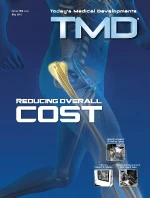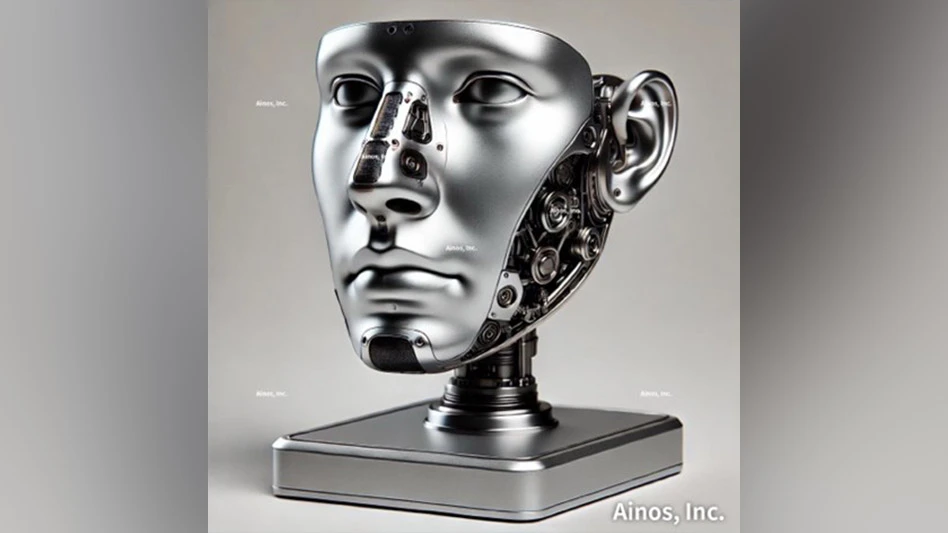|
Key benefits
|
Miniaturization of the electronics has enabled the development of the ultra-compact lathe transmission inspection probe, which measures just 40mm (1.57") in diameter and 58.3mm (2.30") long. The probes provide uni-directional repeatability of 1µm (0.00004") and can be used to reduce set-up times, scrap, and fixture costs, while improving process control.
Both designs are hardened and sealed to IPX8 to withstand the extreme environments typical of lathes and turning centers. A proven eyelid protection system prevents entry of swarf and chips that could damage probe internals.
The RLP40’s frequency-hopping spread spectrum (FHSS) radio transmission pairs with the standard Renishaw Radio Machine Interface (RMI) and utilizes the 2.4GHz frequency band. The probe and its interface continually hop from one transmission channel to another, delivering unrivalled signal robustness and flexibility through frequency switching.
Radio transmission allows continuous communication between the probe and the interface, even when line-of-sight is lost. RLP40 provides access for turning processes where a short probe length is required and the RLP40’s operation with the RMI means it can be positioned anywhere near the machine.
The OLP40 uses modulated optical transmission for high resistance to light interference, and its 360° transmission systems allows the probe to operate in any orientation. Providing access for turning processes where a short probe length is required, it also works with Renishaw’s legacy transmission systems, while two touch probes can be used on one turning center when the OMI-2T interface unit is used. When used with an OMI-2T interface unit, two OLP40s can be used on the same machining center, with the OMI-2T enabling the designation of the OLP40 as either Probe 1 or Probe 2, to work in twin probe applications.
A wide range of shanks are available, including parallel and tapered designs, for maximum flexibility when mounting the probes in a lathe or turning center turret. RMP40M and OMP40M transmission-only modules are also available to allow the use of Renishaw’s LP2 family of touch probes and accessories in order to reach part features that would otherwise be inaccessible.
EASTEC BOOTH #3128
Renishaw, Inc.
Hoffman Estates, IL
renishaw.com

Explore the May 2010 Issue
Check out more from this issue and find your next story to read.
Latest from Today's Medical Developments
- German robotics and automation in a downturn
- Blueshift’s AeroZero
- November USMTO grow from October
- Platinum Tooling’s custom and special tooling
- Top 5 global robotics trends 2025
- Accumold’s micro molding innovations
- Methods Machine Tools, Multiaxis, announce AI solution investment
- MGS to showcase global expansion and healthcare CDMO expertise






